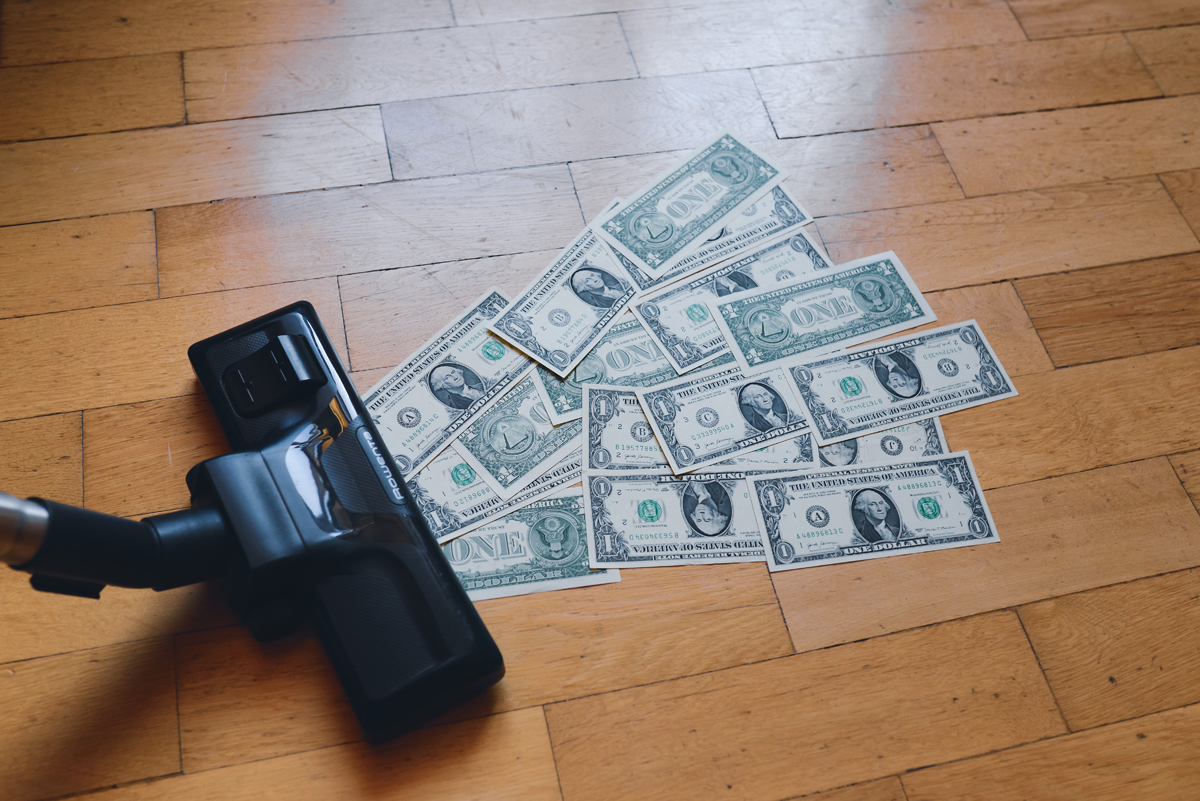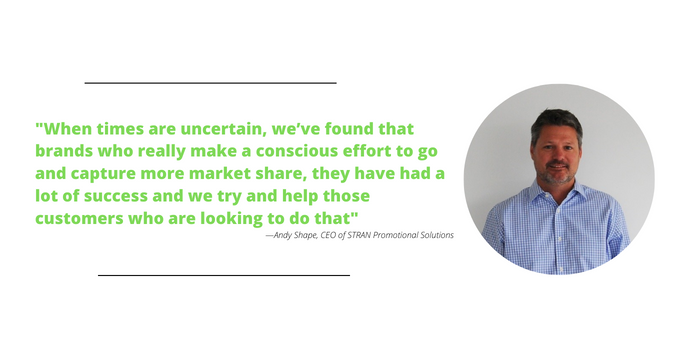Inflation Still Rising, Adding Pressure On Economy, Promo Market

Inflation in the U.S. hit a new peak in June, rising at its fastest pace since 1981. The Consumer Price Index, a broad measure of goods and services reported by the U.S. Bureau of Labor Statistics, increased 9.1% in June from the same month one year earlier.
The Promo Perspective:
The promotional products industry has not been immune to the impacts of inflation. PPB dived into the issue in its June article, “Inflation: Then And Now.” Since then, the national inflation rate has risen half a percentage point from 8.6%.
More recently, Andy Shape, CEO of STRAN & Company (PPAI 161542, D10) in Quincy, Massachusetts, joined Bloomberg’s The Tape podcast to speak on how his company and the promo industry were responding to the pressures of inflation.
“Between inflation and supply chain struggles, we’ve seen tremendous increases in price,” says Shape. “In 2021 alone, we saw 5-10% increases in price, and we’re seeing another 5-10% increase in price. That’s not even accounting for inflation, the cost of money, so in a $25 billion industry, you’re looking at $2.5 to $5 billion in increases in cost. We’ve absolutely seen it. We’re trying to pass those costs on to our customers as much as we can, but we’re getting push back.”
A challenge in this environment is whether brands have much pricing power left. A consensus shared on The Tape podcast was that luxury goods makers can still push prices higher but for everyone else, it will be tough going forward. Shape shared that he has seen similar behavior among STRAN’s customers.
“Some of our customers are shifting their spending to more premium items,” Shape says. “Rather than going and getting items in mass and saying ‘we really don’t know the ROI is,’ they’re doing more targeting initiatives and saying ‘this is the audience that we want to give items to or send items to and we can measure our ROI.’
“It’s a higher premium item but it’s much more targeted that we can drive results. When times are uncertain, we’ve found that brands who really make a conscious effort to go and capture more market share, they have had a lot of success and we try and help those customers who are looking to do that.”

Under Pressure:
In its report, the BLS notes growth in the CPI was driven by a broad range of indicators, but gasoline, shelter and food were the largest contributors.
- Taking a closer look at energy and food, the energy index rose 41.6% over the past year, the largest 12-month increase since April 1980, and the food index increased 10.4%, the largest increase since February 1981.
- Factoring out the more volatile food and energy contributions, the so-called core CPI rose 5.9% over the past 12 months.
The BLS report Wednesday surprised observers as inflation was ahead of the Dow Jones estimates of 8.8% for the CPI and 5.7% for the core CPI.
Economies across the globe are registering record inflation rates. For example, at the end of June, the Bank of Canada reported the country’s inflation level at 7.7%. Some of the factors driving inflation growth, such as fuel and food prices, are global problems, but policy makers in the U.S. continue to struggle to moderate increases from domestic goods and services.

